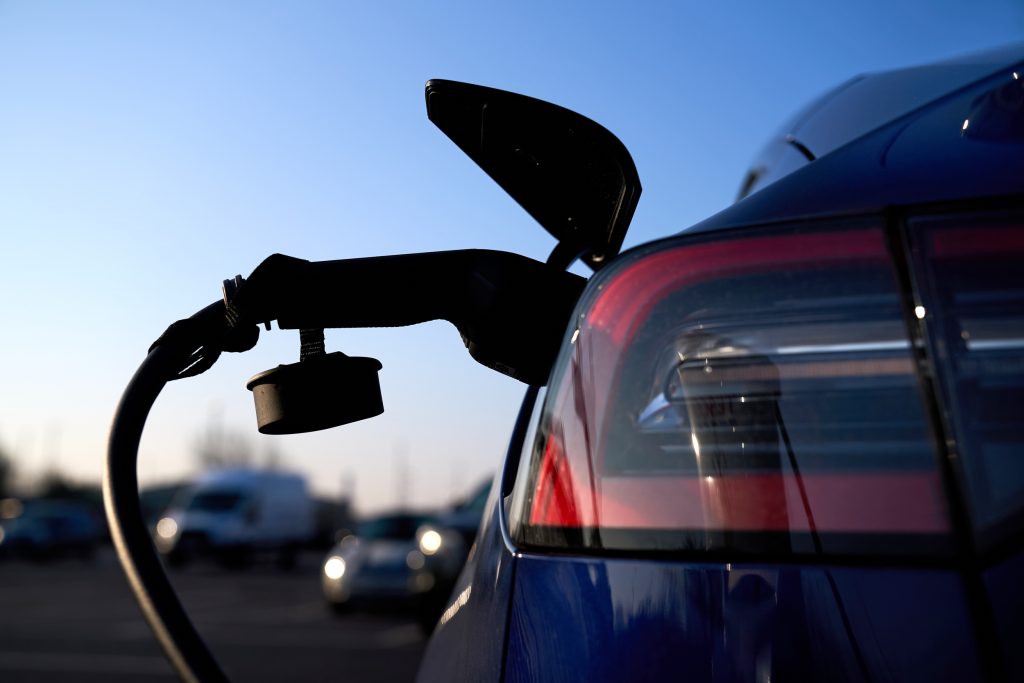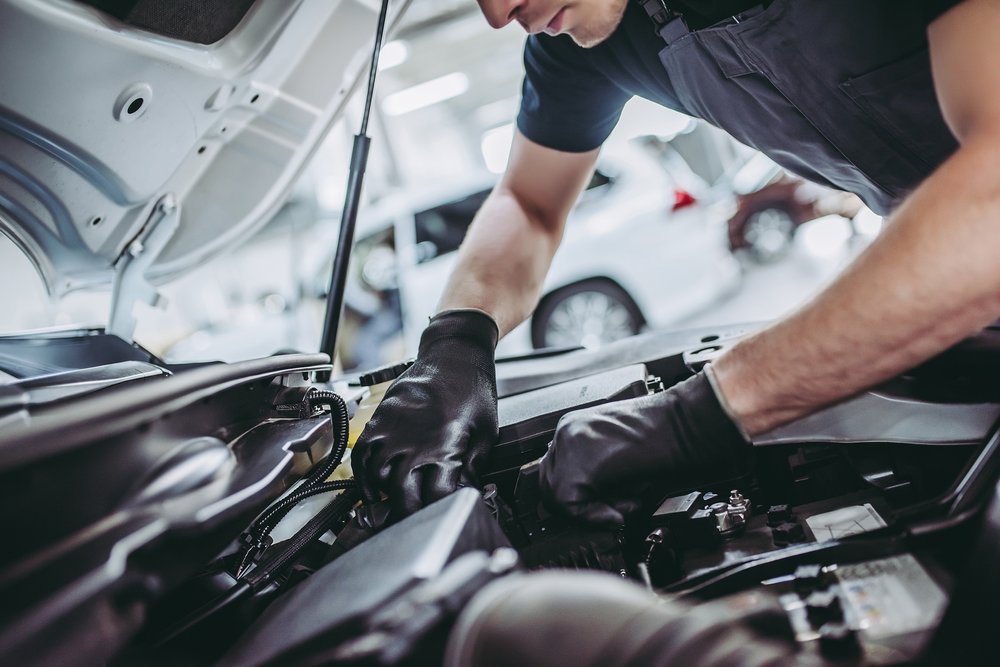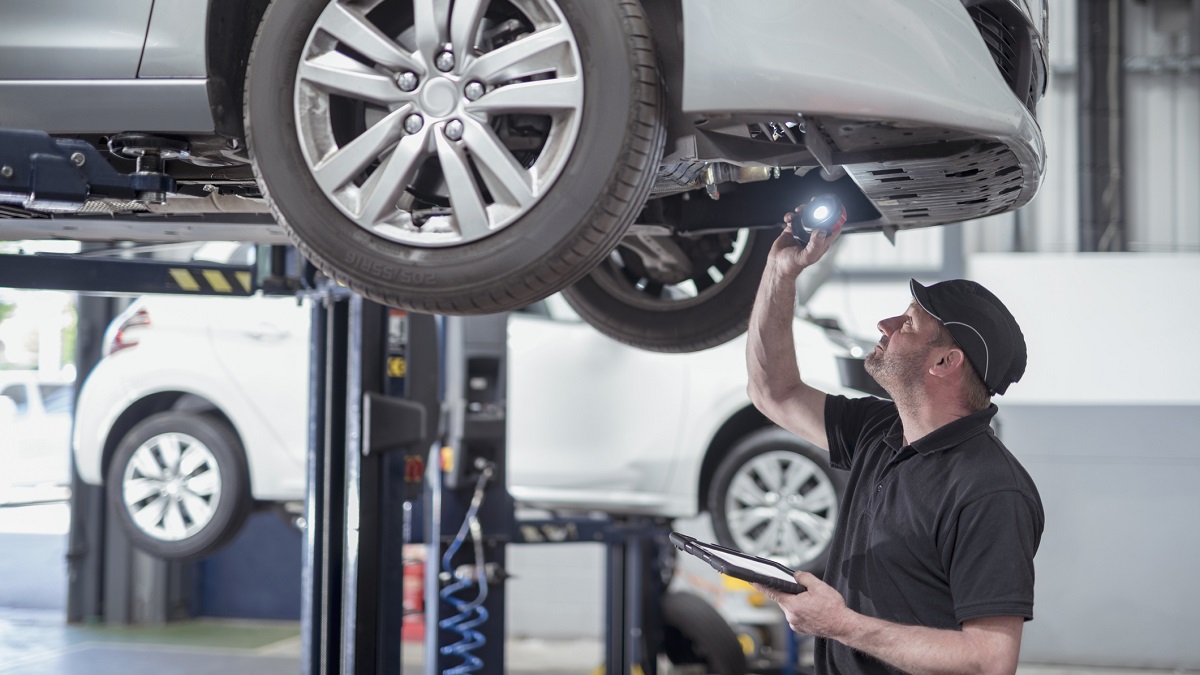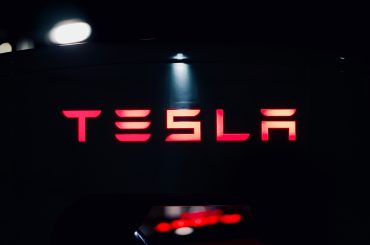Discussion between gasoline automobiles vs electric vehicles
Like many others, you may have numerous questions about purchasing an electric vehicle. In addition to the financial advantages and freedom from the petrol station that come with EV ownership, there is also the benefit of the reduced need for routine maintenance.
But, in fact, do they? It’s a common question and point of interest when people talk about gasoline cars vs. electric cars. Everyone should think about maintenance and repairs before purchasing a vehicle of any kind.
Because of this, we will discuss the basics of EVs and their upkeep below.
There aren’t nearly as many moving parts or components in an electric vehicle as there would be in a conventional internal combustion engine (ICE) vehicle. As a consequence, EV maintenance costs are much lower. The Department of Energy says that electric vehicles, plug-in hybrids, and regular hybrid-electric vehicles are all more accessible to consumers than their gas-powered counterparts.

According to yet another estimate from the US Department of Energy, consumers may save up to 40% by switching to an electric vehicle. When you factor in depreciation, maintenance, gasoline, new tires, and other costs, the average cost per mile for a gas-powered car is around $0.10. About $0.06 on an EV, at most.
In contrast to conventional automobiles, electric vehicle (EV) engines do not need over 20 maintenance items. We’re talking about things like tune-ups, engine filters, oil changes, spark plugs, squeaky drive belts and chains, leaking EVAP system hoses, faulty O2 sensors, gearbox flushes, failed catalytic converters, and more.
Of course, they are simply the most obvious ones. When you take a step back and look at the big picture, you’ll see that the majority of gas-powered cars contain hundreds upon hundreds of individual components.

According to research published in Consumer Reports, the average car owner spends an additional $4,600 on repairs and maintenance throughout the vehicle’s lifetime. Of course, electric vehicle maintenance may be costly and time-consuming, but that’s true of any vehicle. In general, EVs have fewer moving parts, thus they need less upkeep and maintenance.
A dealership is referred to as a “dealership,” and not without reason. Why? Because when you take your standard gas-powered car into the shop, you should expect to pay at least $600, and frequently more, for maintenance and repair services. If your transmission fails, expect a costly repair price that might go into the hundreds of dollars.
Interestingly enough, electric vehicles (EVs) don’t need gearboxes. When going faster, the single electric motor doesn’t have to worry about shifting gears. This means the transmission is completely unnecessary, there is no need for tranny fluid, and there are far fewer potential points of failure. And that’s just fixing it; upkeep is a whole other ballgame.

In an electric car, the battery, motor, and electronics that control the whole system need almost minimal upkeep. Unlike conventional vehicles, there is no need to check or replace the oil, there are far fewer fluids and hoses, and, as we’ve already established, there are fewer moving components.
How are the brakes, though? EVs have a lot of power, torque, and speed, but they also need a lot of maintenance, including expensive brake pads and rotors. Nope. The regenerative braking system in an EV makes brake wear much less of an issue. Plus, the battery is charged as you drive, so you can go farther on a single charge and save money.

Upkeep of Electric Vehicles
Although there are fewer moving components in an electric car, it doesn’t mean there isn’t maintenance to be done. Even though electric vehicles (EVs) have fewer moving parts than traditional cars, they nevertheless need regular maintenance.
New tires, or at least the rotation of old tires, are a great illustration of this. However, it is recommended that you rotate the tires on your car at least occasionally. Alternatively, you might get your tires aligned.
Beyond that, there are a few more routine upkeep chores you should do. You should also check the windshield washer fluid level and top it up as needed, as well as clean or replace the cabin air filter as needed. Fuse replacement may be a concern with electric cars because of their high density. However, a standard automobile performs as well.
The battery in an electric car requires perhaps the most “maintenance” of any part of the vehicle. Some owners may find it hard to charge their electric vehicle’s battery between 20 and 80 percent, which is what the manufacturer suggests. It’s possible that a battery might die, but that’s why you get a warranty. By law, all-electric vehicles sold in the United States must have a battery guarantee of 8 years or more.






